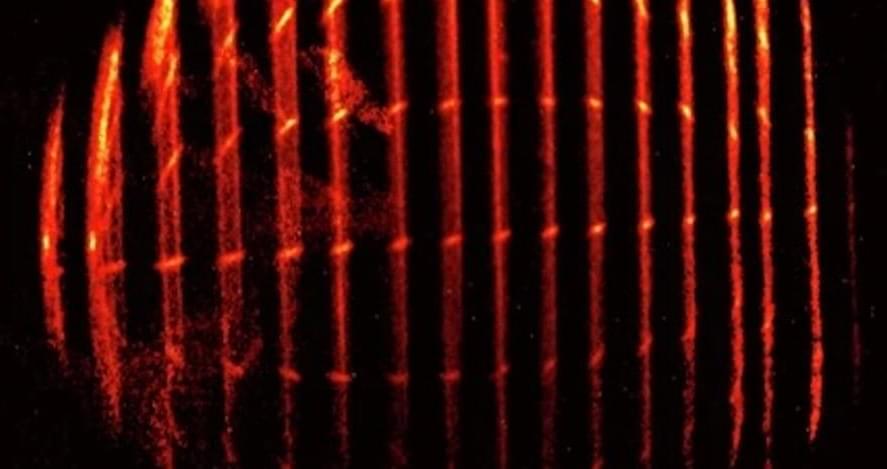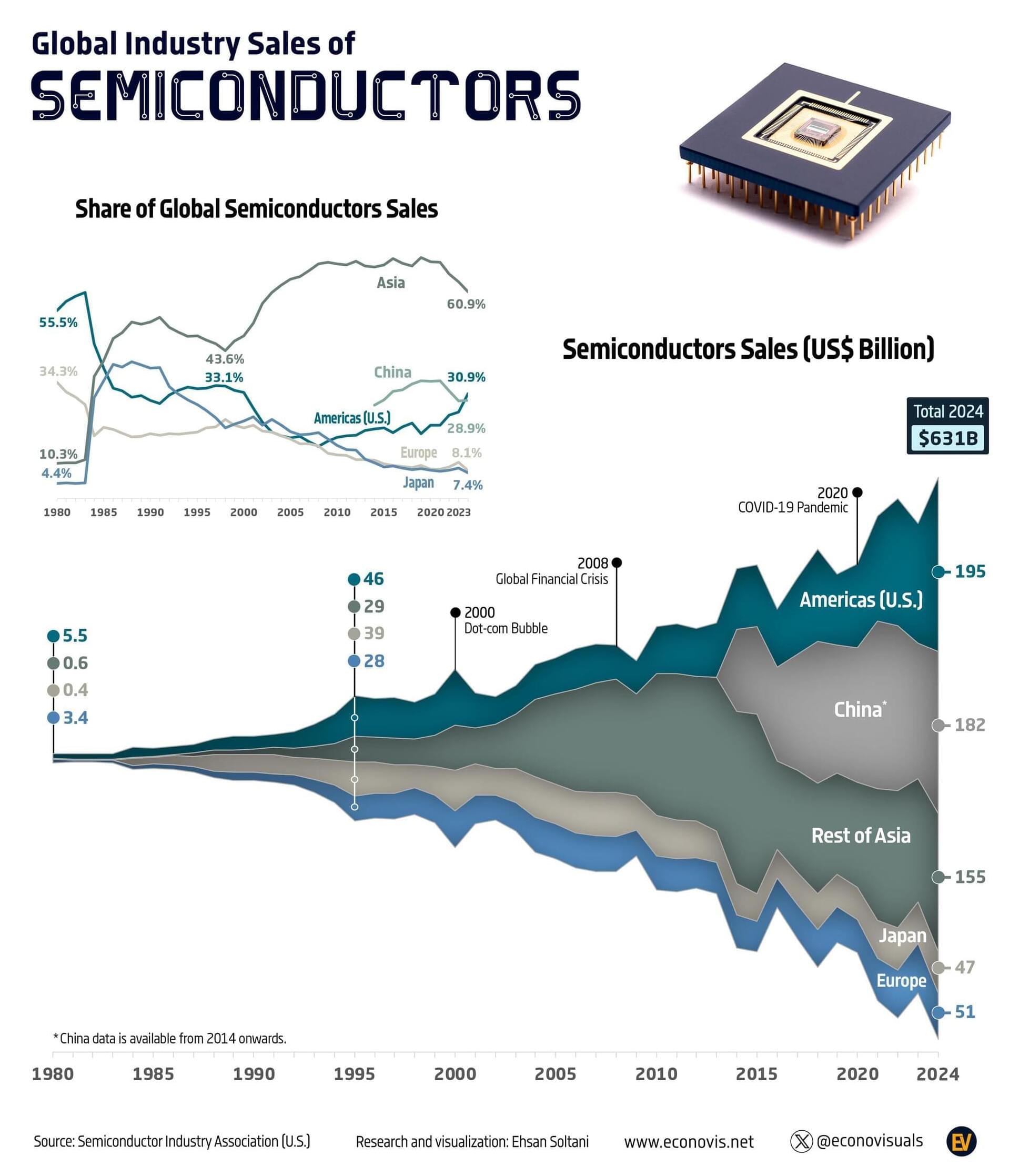Cellular senescence has gradually been recognized as a key process, which not only inhibits the occurrence of early tumors but also promotes advanced malignant progression through secretory and immunomodulatory functions. Initially, cellular senescence manifested as irreversible cell cycle arrest, but now it encompasses a broader phenotype regulated by the p53-p21CIP1 and p16INK4A-Rb pathways. Although secretory phenotypes related to aging can recruit immune effectors to clear new tumor cells, persistent senescent cell populations often trigger chronic inflammation, promoting immune escape and fibrosis. In this review, we first discuss the molecular underpinnings of cellular senescence, highlighting its induction pathways and diverse physiological or pathological roles. We then examine the composition of the tumor microenvironment, where senescent cells accumulate and secrete pro-inflammatory cytokines, reshaping immune surveillance and extracellular matrix architecture. Against this backdrop, we explore how aging clocks refine our understanding of individual susceptibility to malignancy by distinguishing biological from chronological aging. We also present current therapeutic prospects, including senolytic agents targeting senescent stromal cells that promote tumor growth, and the utilization of aging clock metrics to tailor immunotherapies more effectively for older patients. Finally, we consider the major challenges facing clinical translation, from standardizing multi-omics data pipelines to clarifying the ethical implications of measuring biological age. By bridging senescence biology with geroscience and cutting-edge oncology, we posit that aging clocks may catalyze a transformation in cancer care, enabling more personalized, effective, and age-conscious treatment strategies.









